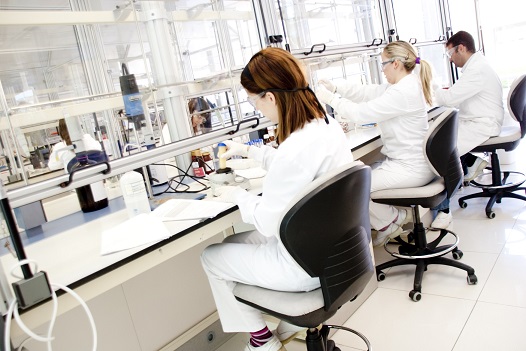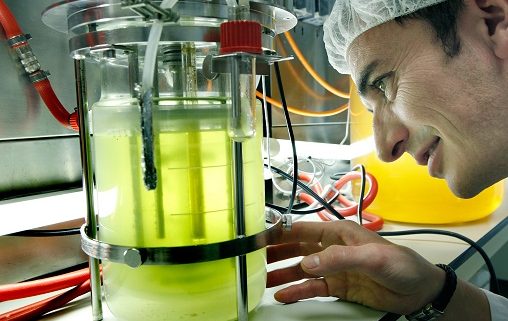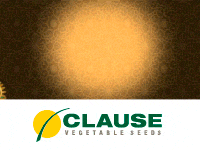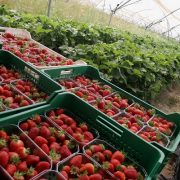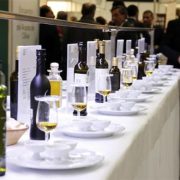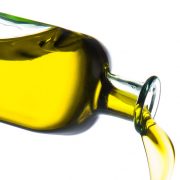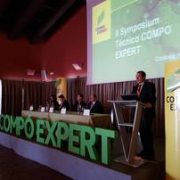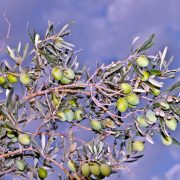A consortium is born that will develop biotechnological solutions against olive pests
These days, a supra-regional research group, SALUDOLIVAR, has been set up, with the participation of the Óleoestepa cooperative, the Sustainable Agriculture Institute (IAS) of the CSIC, the IBMA association (International Biocontrol Manufacturers Association), and the AINIA Technological Center. The objective of this consortium is to develop comprehensive strategies for the control of insect pests and emerging diseases with greater impact on productivity and yield of olive farms, especially some of special incidence such as the Olive Fly, Verticilosis or the Xylella.
At present, the methods of control and detection of plagues do not warn the diseases that can affect the olive in the initial stages, but only detect them when they are already established, as it happens in the case of the Fly of the Olive tree or the Xylella annoying
This operating group was born with the ambition to work with the plagues and emerging diseases (as is the case of Xylella), as endemics (Verticilosis or Fly of the Olive) and all possible points of view: prevention, early detection and treatment of trees already contaminated.
This two-year R & D project aims to achieve an increase in productivity in the olive groves, as well as the reduction of chemical phytosanitary products and the improvement of the quality of the final oils obtained.
Once a previous diagnosis has been made of the problems and diseases to be addressed, a line of work has been initiated aimed at developing the application of advanced vision technologies, such as hyperspectral and thermal remote sensing, for the early identification of symptoms in the tree, or the use of biocontrol systems, based on the use of microorganisms or extracts, more sustainable and effective than the usual chemical phytosanitary products.
Specifically, the three lines of R & D that have been launched within the framework of the SALUDOLIVAR Operative Group are:
- Preventive actions: Development of techniques to prevent the entry of new pathogens in the Spanish field, as well as biological-based phytosanitary products to avoid contagion in the field.
- Corrective actions: Development of biologically based phytosanitary products for the treatment of diseases present in the Spanish territory, as well as for the biological control of pests and other transmitting elements of diseases that affect the olive grove.
- Control and detection actions: Definition of automated systems for crop monitoring and early detection of diseases and pests.
The final application of the advances achieved will be tested in real olive groves, in order to validate their results and make them extrapolated to the sector as a whole.
Spain, land of olive trees
There are more than 2.5 million hectares devoted to the cultivation of olive trees in Spain, present in more than 60% of the national territory, whose production is destined for both olive oil mill and table olives, according to data from the Ministry of Agriculture. By autonomous communities, Andalusia concentrates almost 60% of the cultivation of olive groves, followed by Castilla la Mancha and Extremadura.
More than 95% of the olive production in our country is destined to the production of olive oil, which makes Spain the leading exporter of olive oil in the world, with external sales that in August 2015, reached 195 million euros
Taking into account these data, we can deduce the importance of olive cultivation in the Spanish economy and the need to define solutions for the control of diseases that can affect the productivity of this sector.
The advances in applied research and innovation to such an important crop in our country will affect the entire value chain: the farmer, the transformer of the olive industry or table olives and the final consumer, who will be able to access products produced in a sustainable, more natural and free of chemical pesticides.
Source: AINIA
YOU MIGHT ALSO LIKE:
➡️AINIA provides big data solutions to boost innovation in the agri-food sector
